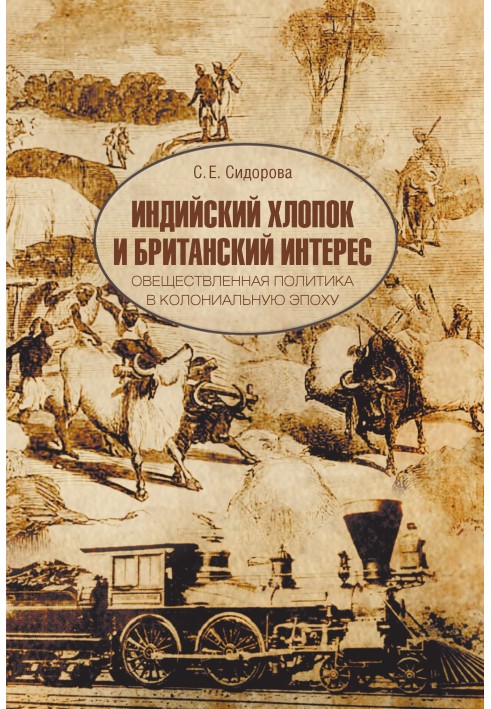Indian cotton and British interest. Reified politics in the colonial era
 Instant download
Instant download
after payment (24/7)
 Wide range of formats
Wide range of formats
(for all gadgets)
 Full book
Full book
(including for Apple and Android)
The book is dedicated to more than a century (1750–1870s) of the history of the region in the center of India during a period of radical changes - from the first contacts of Europeans with the Principality of Nagpur to its inclusion in the British Empire. The process of political-economic strengthening of newcomers and the introduction of foreign culture is considered through the category of materiality. The study focuses on cotton, one of the main agricultural products of the area and at the same time an important colonial commodity during the Industrial Revolution. Mercantile interest in it determined the claims of British business circles and colonial authorities to these lands, the vectors and content of their economic activity, geopolitical decisions, trajectories of commodity flows, and the outlines of emerging territorial borders. Cotton in the book is not only the main “thing”, but also a collective image of other objects with the help of which British culture exhibited itself and dominated the colonial space. Through the study of the details and routines of colonial embodied practices, the ways, possibilities and limits of the influence of local and foreign cultures on each other, the mechanisms of mutual adaptation, rejection, modernization and conservation in conditions of intersecting and layered coexistence are analyzed.
Data sheet
- Name of the Author
- Светлана Сидорова Евгеньевна
- Language
- Russian











